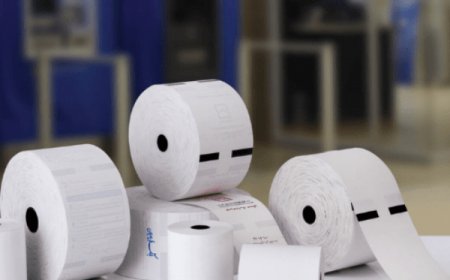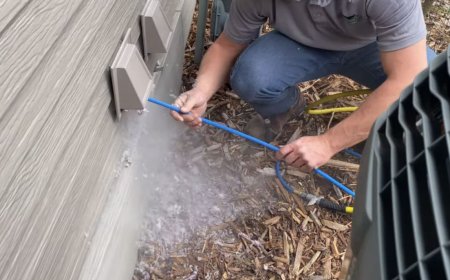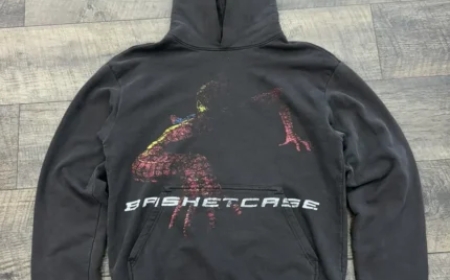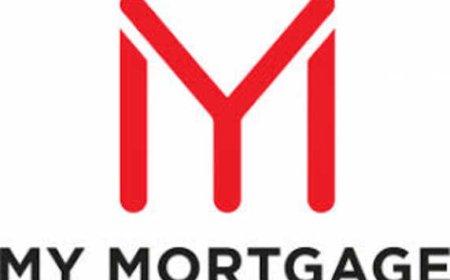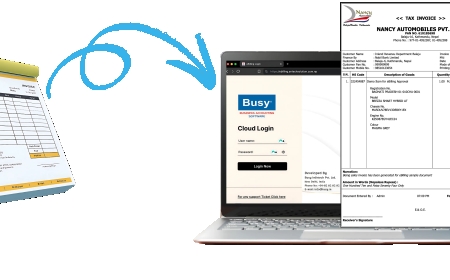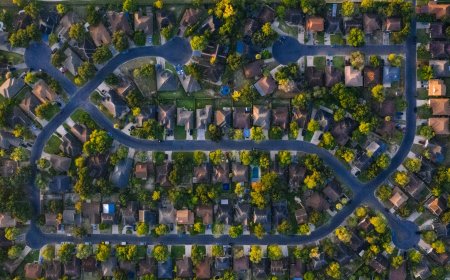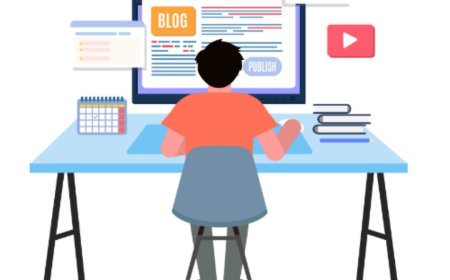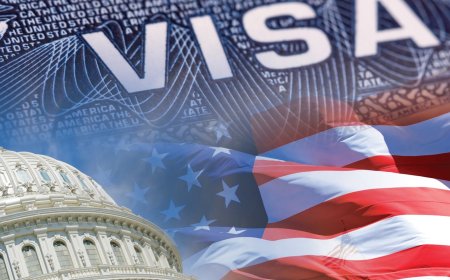How Can International Students Get Student Visas for USA?
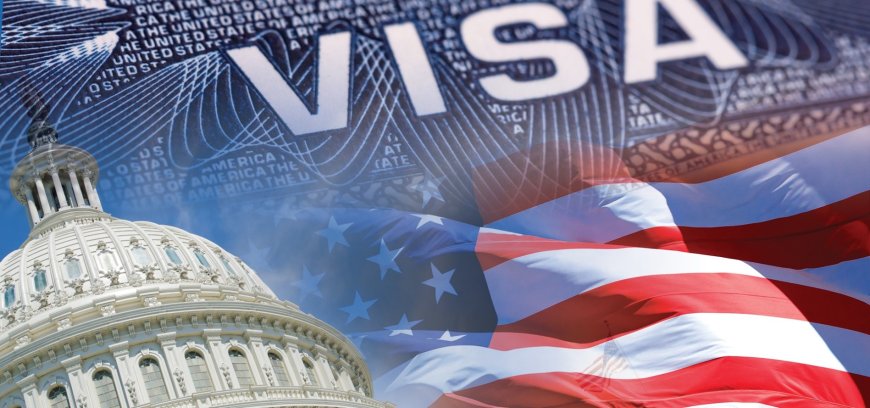
Studying in the United States is a dream for many students around the world. With its world-renowned universities, cultural diversity, and opportunities for growth, the U.S. remains one of the most attractive destinations for higher education. But to make that dream a reality, students must first obtain a legal permit to study therethis means applying for student visas for USA.
If you're feeling nervous about the process, dont worry. It may seem overwhelming at first, but once broken down into clear steps, applying for a student visa becomes much easier to understand. In this guide, well walk you through everything you need to know in plain and simple terms, so you can move forward with confidence and excitement.
What Is a Student Visa for USA?
A student visa is a type of non-immigrant visa that allows international students to live and study in the U.S. legally. There are two main types:
-
F-1 Visa: This is the most common student visa and is intended for those attending universities, colleges, high schools, or approved English language programs.
-
M-1 Visa: This is for students enrolled in vocational or non-academic training programs.
Most students pursuing a college or university degree will apply for an F-1 visa.
Step 1: Get Accepted by a SEVP-Approved School
Before you can apply for a student visa, you must first be accepted by a school that is approved by the Student and Exchange Visitor Program (SEVP). Once you're accepted, the school will send you a form called Form I-20, which is essential for the visa application process. This document includes your program details, start and end dates, and proof that you can afford to study in the U.S.
Step 2: Pay the SEVIS Fee
SEVIS stands for Student and Exchange Visitor Information System. Its a tracking system used by the U.S. government to monitor students during their stay. Youll need to pay the I-901 SEVIS fee, and the receipt will be required later in your visa application and interview.
Step 3: Fill Out the DS-160 Online Form
The DS-160 is an online application form used for all non-immigrant visa applicants. This form will ask for personal details, background information, and information about your intended studies. After submitting the form, youll receive a confirmation page with a barcode. Print this pageyoull need it for your interview.
Step 4: Schedule Your Visa Interview
Next, schedule an appointment at the U.S. embassy or consulate in your country. Dont delayappointment wait times vary by location and time of year. During this appointment, you will be interviewed by a consular officer who will determine whether youre eligible for the student visa.
Step 5: Prepare Your Documents
Before attending your interview, gather the following documents:
-
Valid passport (must be valid at least 6 months beyond your stay in the U.S.)
-
DS-160 confirmation page
-
Form I-20 from your school
-
SEVIS fee receipt
-
Visa appointment confirmation letter
-
Financial documents proving you can pay for your tuition and living expenses
-
Academic records, including transcripts, test scores (like TOEFL or IELTS), and diplomas
-
Passport-size photo according to U.S. visa requirements
Make sure all your documents are accurate, up-to-date, and organized neatly in a folder.
Step 6: Attend the Visa Interview
This is the moment where you present your case. During the interview, the officer will ask questions to understand your intentions and assess whether you qualify for the visa. Common questions may include:
-
Why did you choose this specific school or course?
-
Who is sponsoring your education?
-
What are your plans after graduation?
-
Do you have ties to your home country?
Be honest, clear, and confident. It helps to practice answering questions in advance, so you feel calm and ready.
What Happens If You Get Approved?
If your student visa is approved, your passport will be taken for visa stamping and returned to you with the visa attached. Make sure you check the visa for accuracy before traveling. Once you receive it, youre officially ready to travel to the United States. However, you may not enter more than 30 days before your program start date.
What If Your Visa Is Denied?
If the visa is denied, the consular officer will tell you the reason. Sometimes its because of missing documents, unclear answers, or doubts about returning home. Depending on the situation, you may be able to correct the problem and reapply.
What to Do When You Arrive in the U.S.
When you land in the United States, a Customs and Border Protection (CBP) officer will review your documents. Make sure you carry your passport, Form I-20, and visa in your hand luggage. After the review, youll be given an I-94 arrival record, which confirms your legal entry.
How to Maintain Your Student Visa Status
Once you arrive and start your studies, it's important to follow the visa rules. Violating these rules could result in losing your legal status. Heres how to stay in good standing:
-
Always stay enrolled full-time
-
Attend classes regularly
-
Dont drop out or take a long break without official approval
-
Keep your passport and visa valid
-
Report any changes (address, program, school) to your schools Designated School Official (DSO)
-
Avoid working off-campus without permission
Can You Work While on a Student Visa?
Yes, but with restrictions. Students on an F-1 visa can:
-
Work on-campus for up to 20 hours per week during school sessions and full-time during holidays
-
Apply for Curricular Practical Training (CPT) if your program includes internships or job training
-
Apply for Optional Practical Training (OPT) after completing your degree, allowing you to work in your field for up to 12 months (STEM students may get a 24-month extension)
Always get permission before starting any job to avoid visa issues.
Can You Bring Family Members?
If you have a spouse or children under 21, they may be eligible for an F-2 visa as dependents. While F-2 spouses cannot work, they can live with you in the U.S. and children may attend school.
What Happens After Graduation?
After graduation, you have a 60-day grace period to:
-
Prepare to leave the U.S.
-
Transfer to another school
-
Change your visa status (for example, apply for a work visa)
-
Apply for Optional Practical Training
Plan ahead so that you dont fall out of status during this period.
Conclusion: A Gateway to Opportunity
Student visas for USA open the door to a world of possibilities. Whether you dream of becoming a scientist, artist, entrepreneur, or anything in between, your journey begins with the right visa and the right mindset. Though the process can seem intimidating, taking it one step at a time makes it entirely manageable.
Stay organized, ask questions, and dont be afraid to seek help if you need it. From the first application to the moment you land in the U.S., each step is part of your personal journey to a better future. Education changes livesand your American journey starts with that visa.





